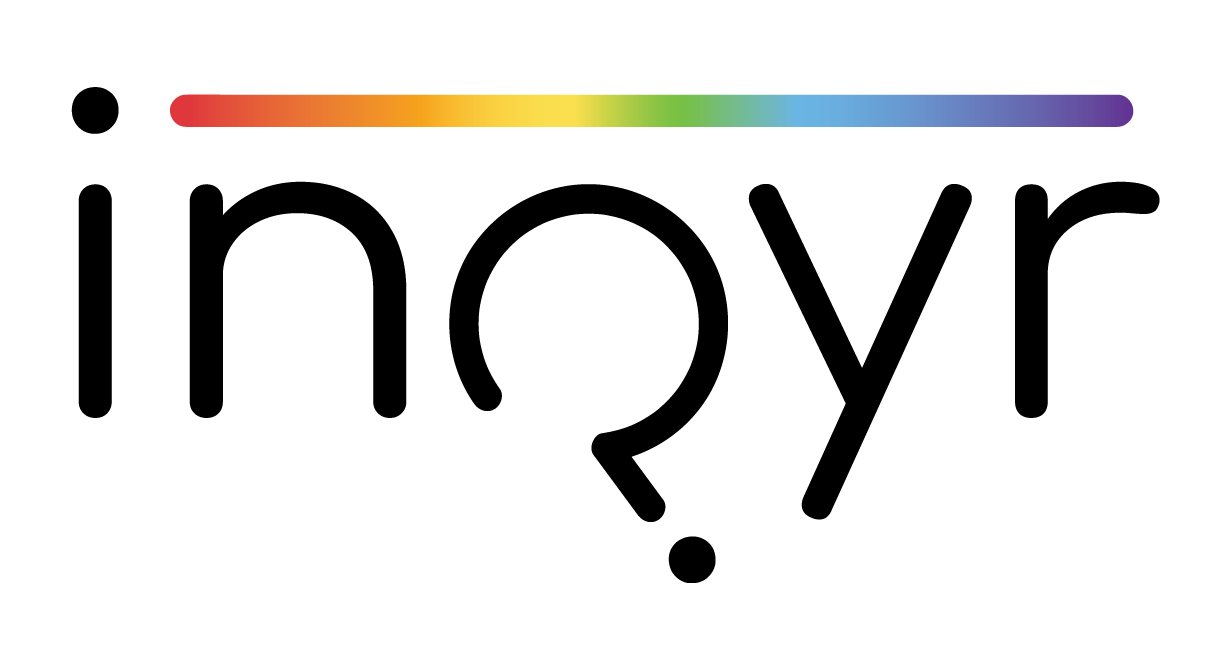The perceived scarcity of gender identity specific content in Canadian social work programs
McInroy, L. B., Craig, S. L., & Austin, A. (2014). The perceived scarcity of gender identity specific content in Canadian social work programs. Canadian Social Work Review, 31(1), 5–21. https://www.jstor.org/stable/43486308
Highlights
Background
Canadian social work programs are expected to integrate content on gender minority people to prepare graduating students for professional practice with this population.
Yet little is known about the inclusion of content specific to gender minority people in social work education.
Study Description
This study engaged 106 Canadian sexual and gender minority Bachelor of Social Work and Master of Social Work students
Participants were 29-years-old and under (63 %), 30-39 (18 %), 40-49 (14 %), 50-59 (2 %), or 60 and over (3 %); and queer (27 %), lesbian (24 %), gay (21 %), bisexual (20 %), or other (9 %)
Mixed-methods data was drawn from a large-scale online survey
Participants provided perceptions of curriculum content, institutional and program climate, and faculty knowledge and support regarding gender minority topics.
Key findings
Social work students perceived inadequate attention to gender minority topics and concerns in social work classrooms (e.g., transphobia, and knowledge and awareness of gender minority populations
Recommendations for incorporating gender minority content into social work classrooms:
Explicit incorporation of gender identity issues into course materials, such as through required readings and guest speakers
Implicit incorporation via resources, supports, and informal discussions for students
Becoming familiar with resources on gender minority populations (including appropriate terminology) prior to teaching in the classroom
When selecting course materials, carefully consider the source of information and how topics are conceptualized (e.g., not just academic articles but also popular media)

